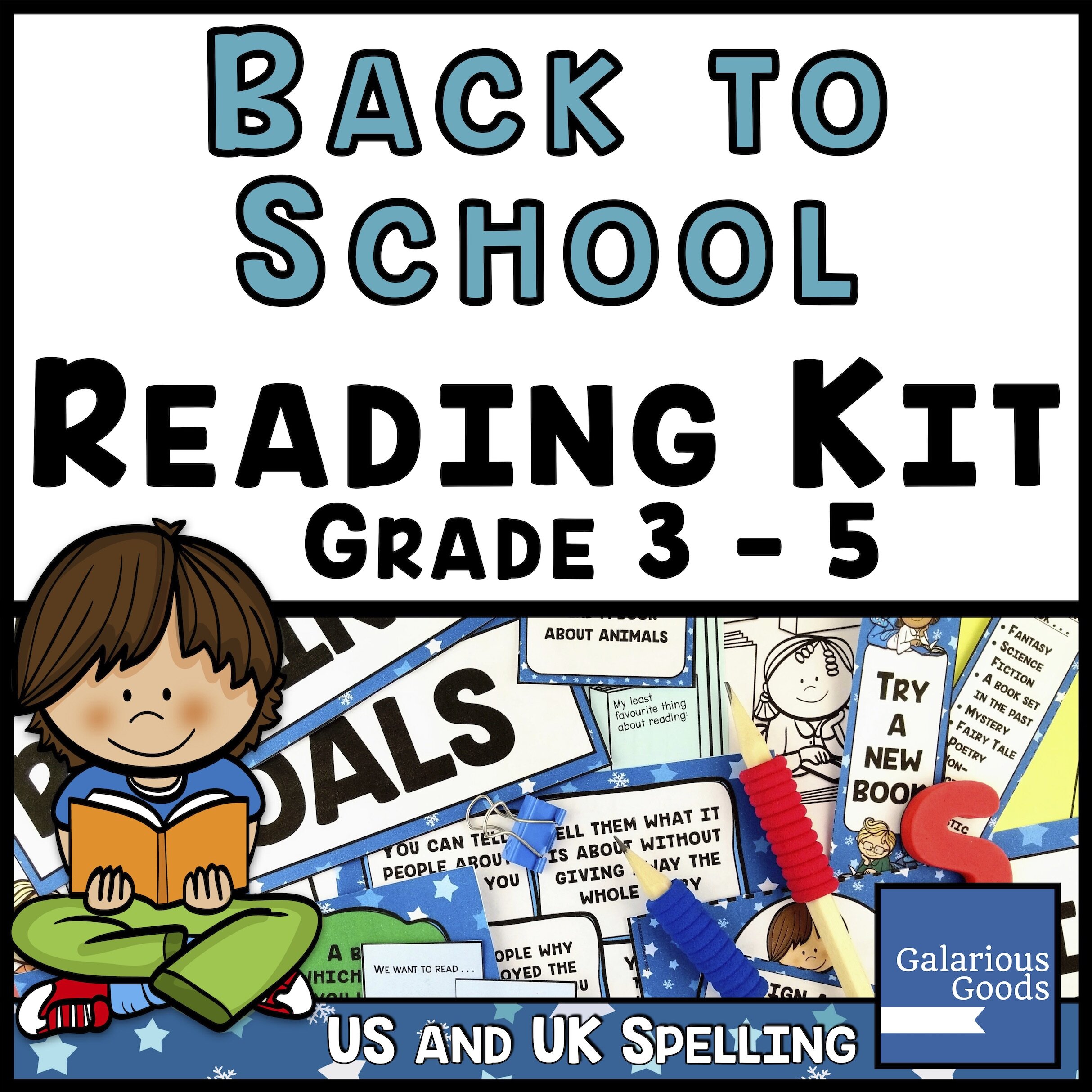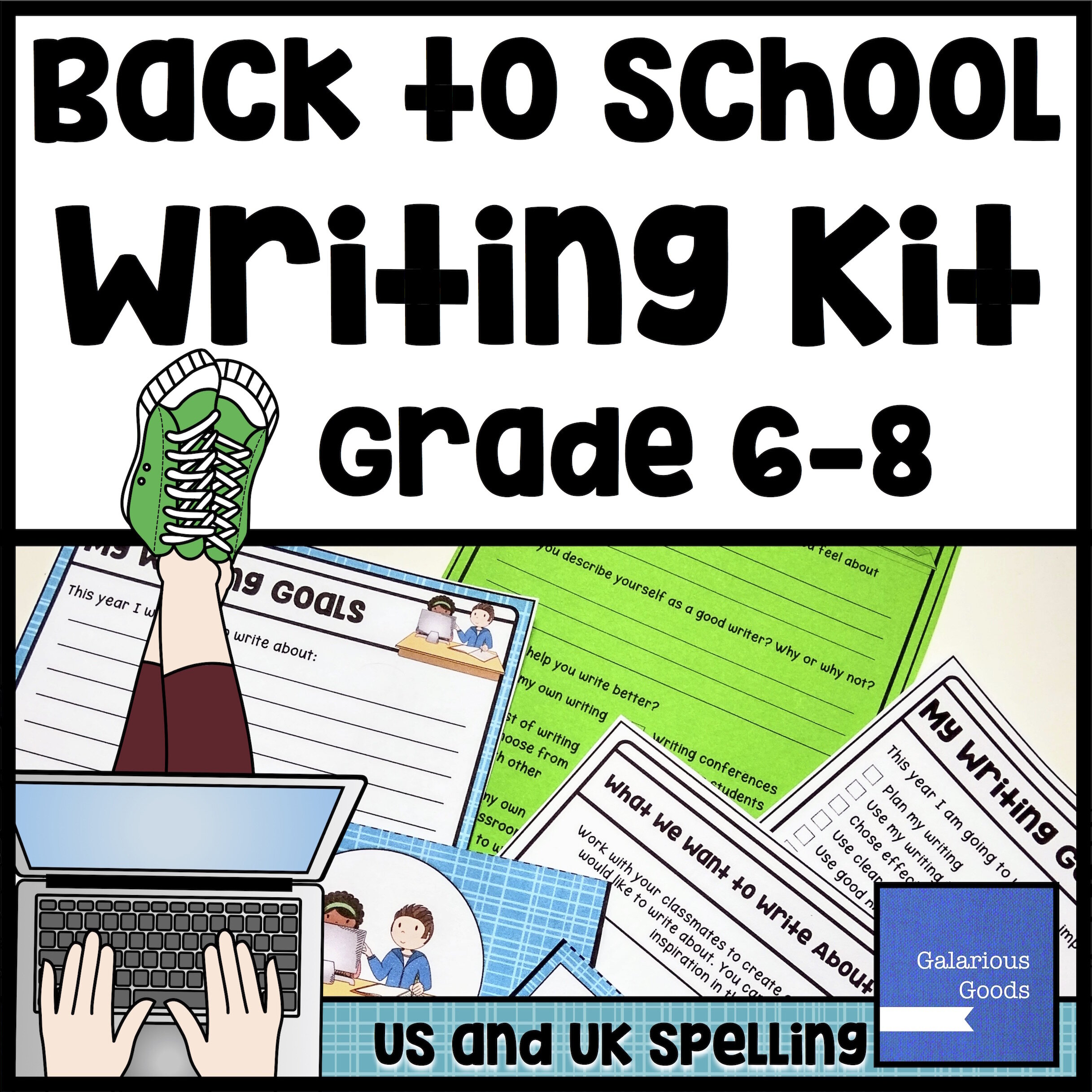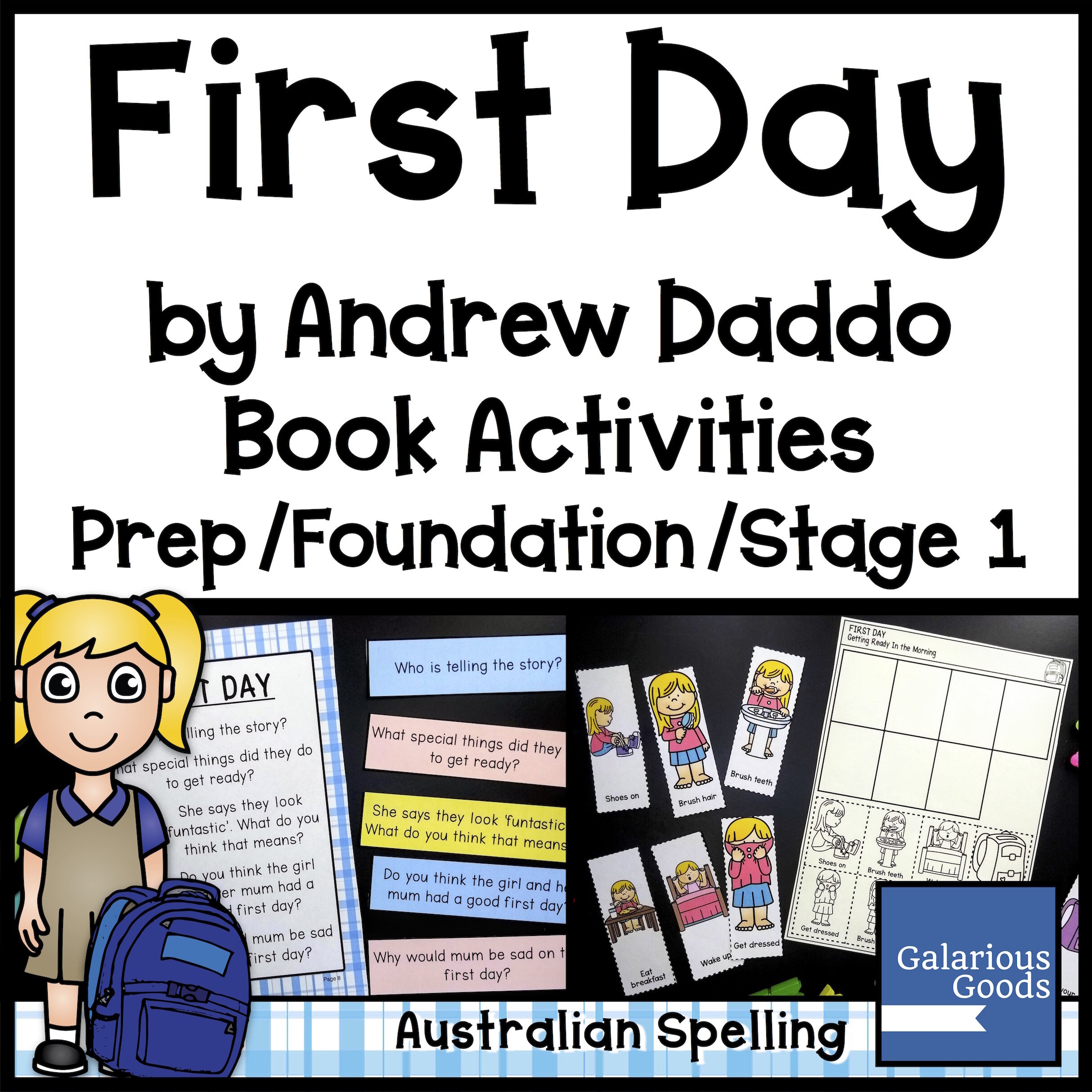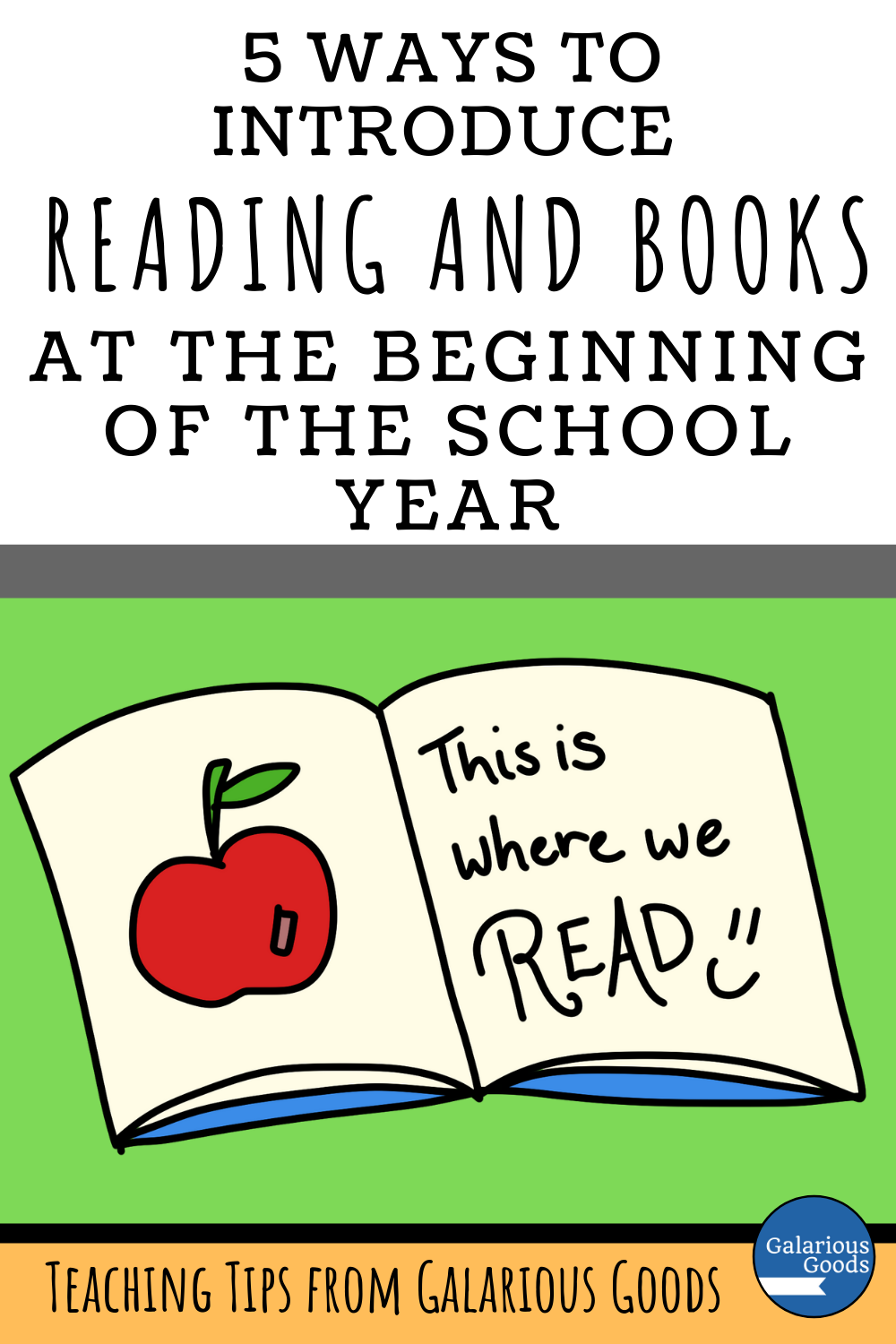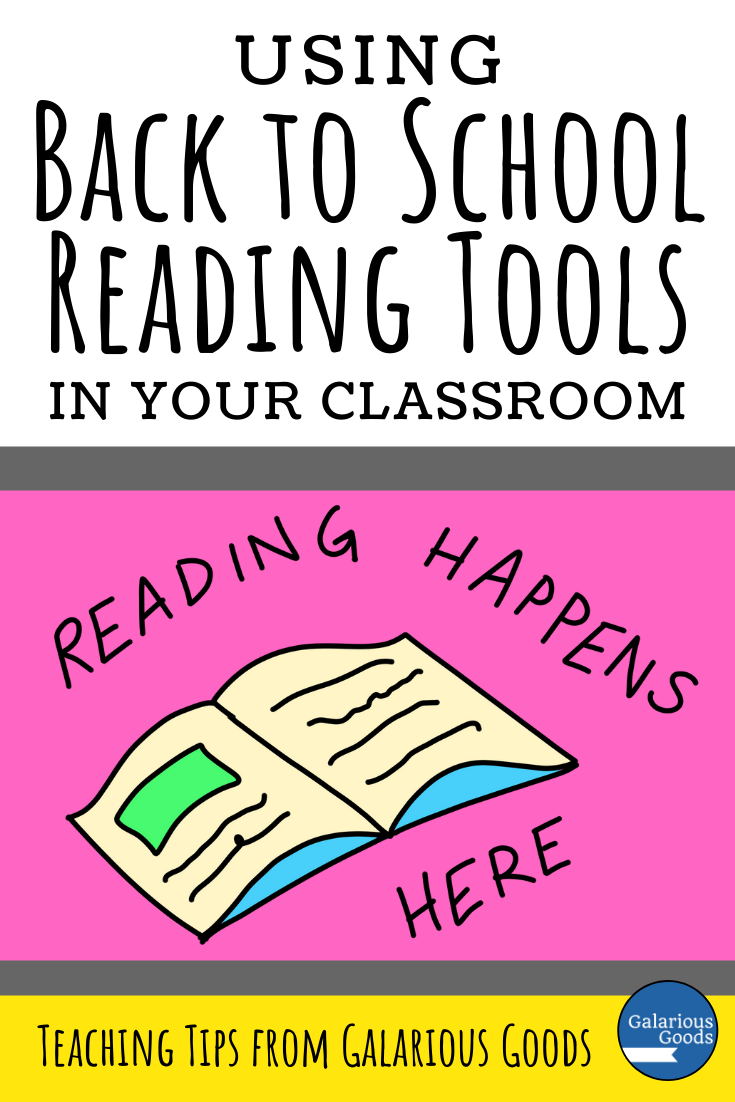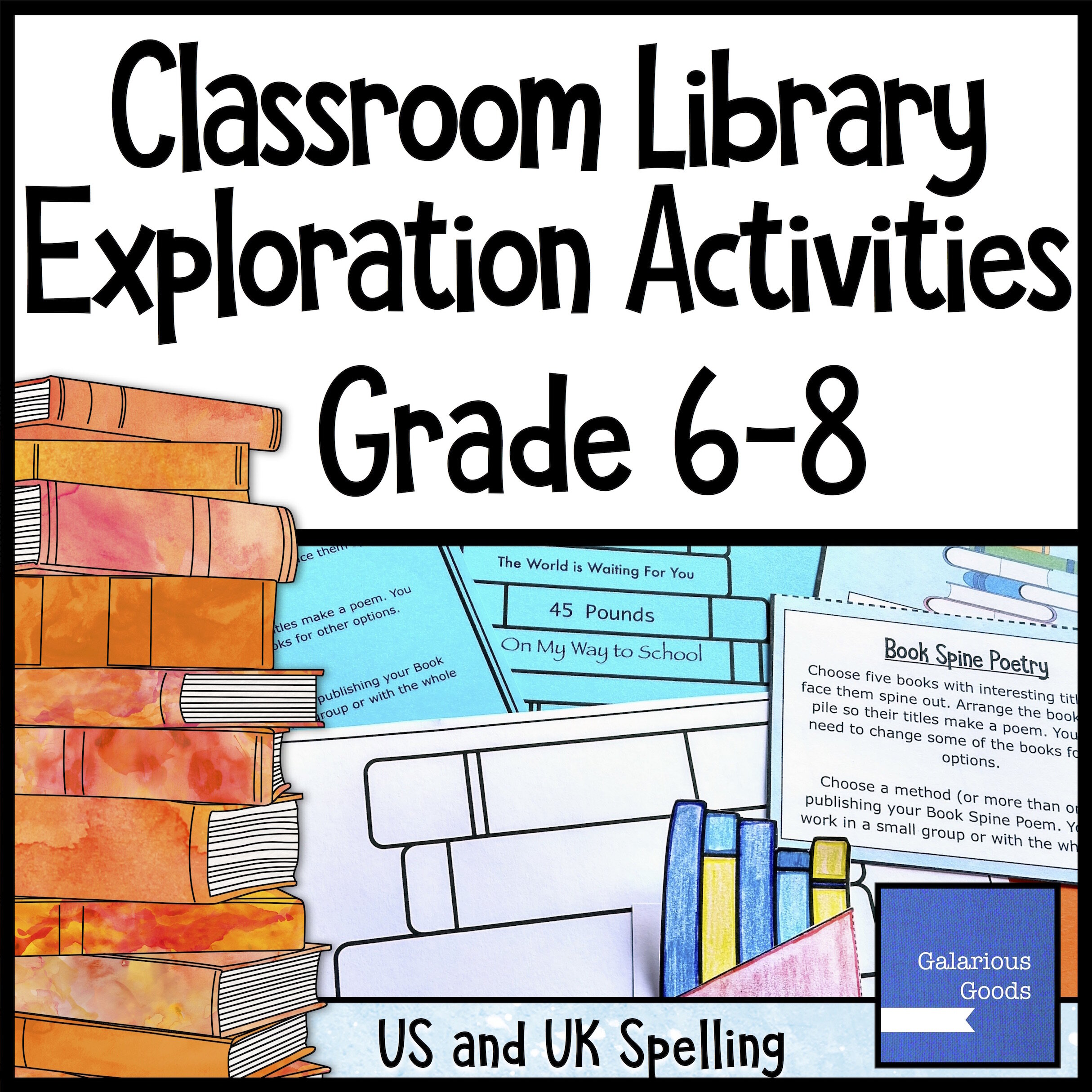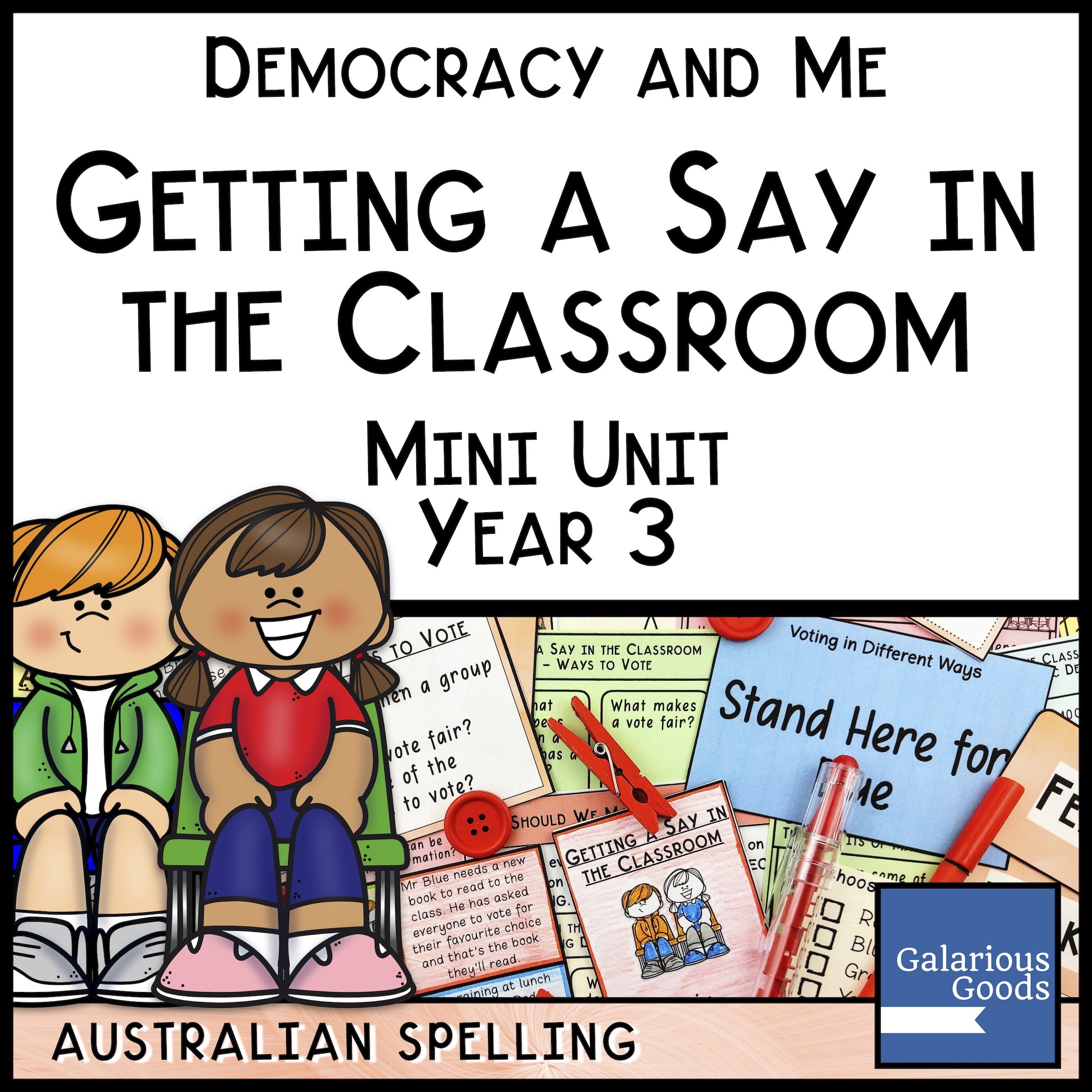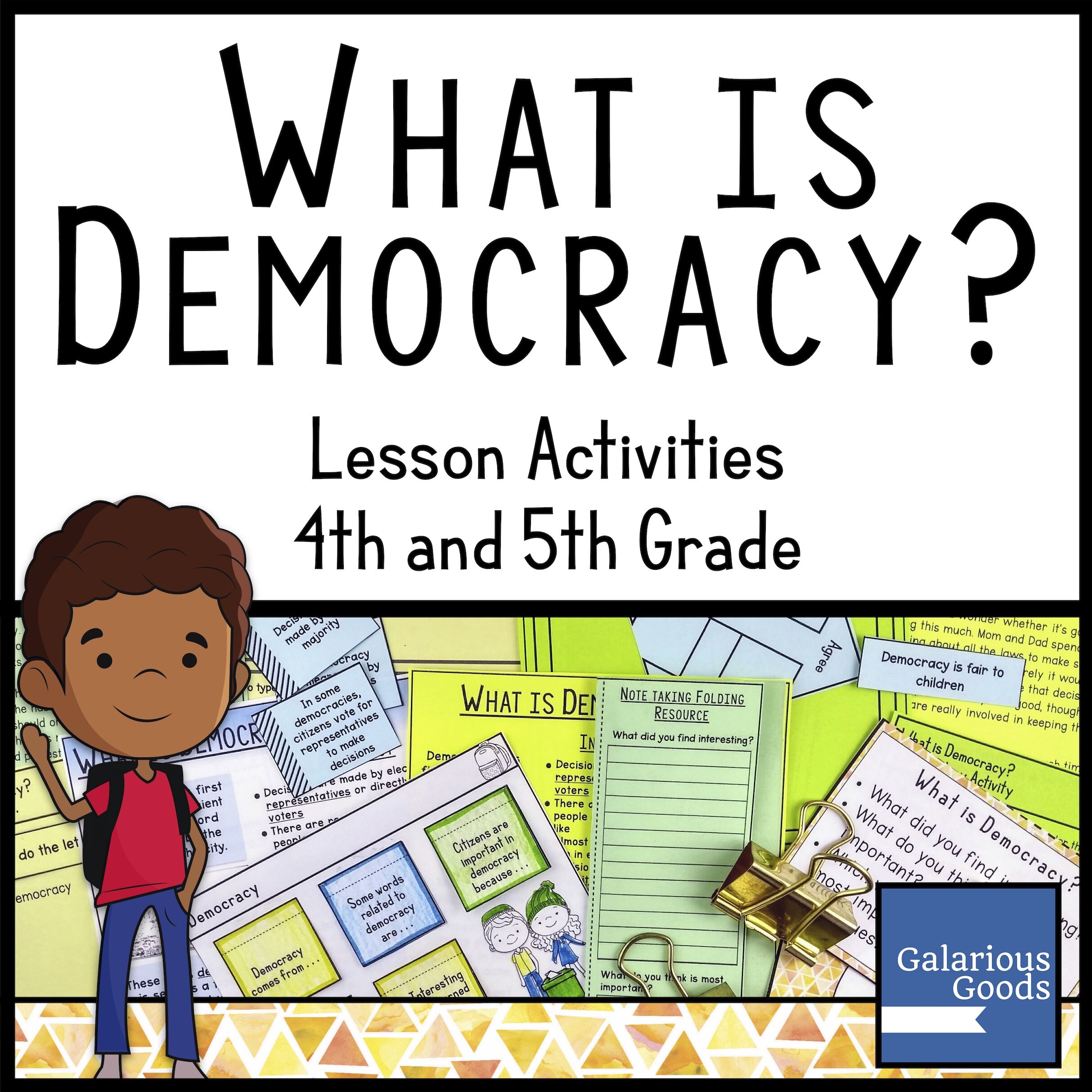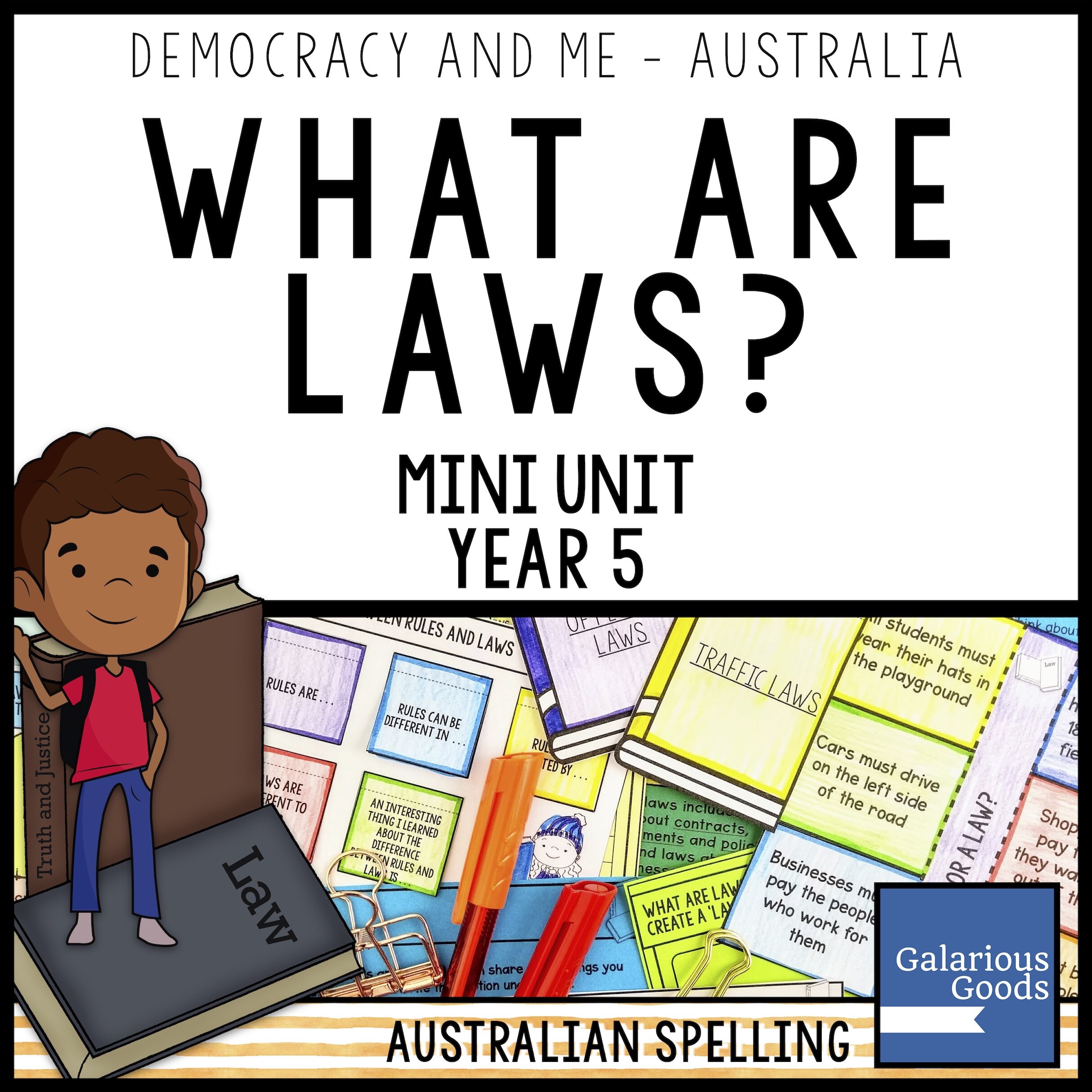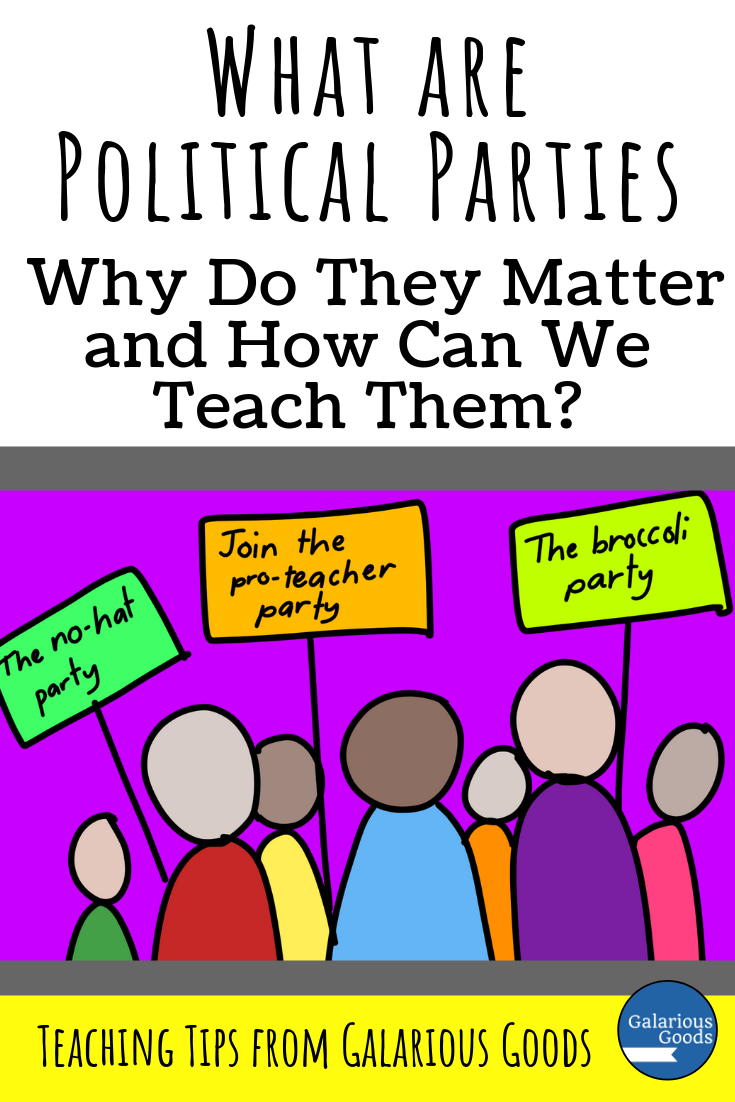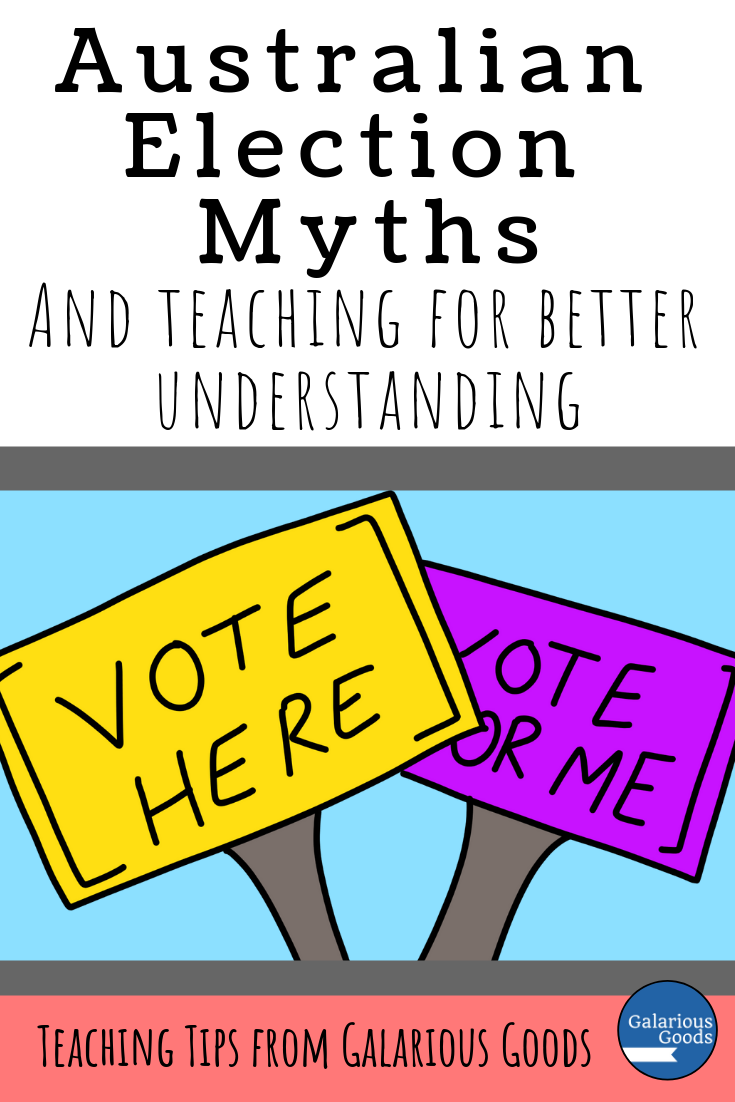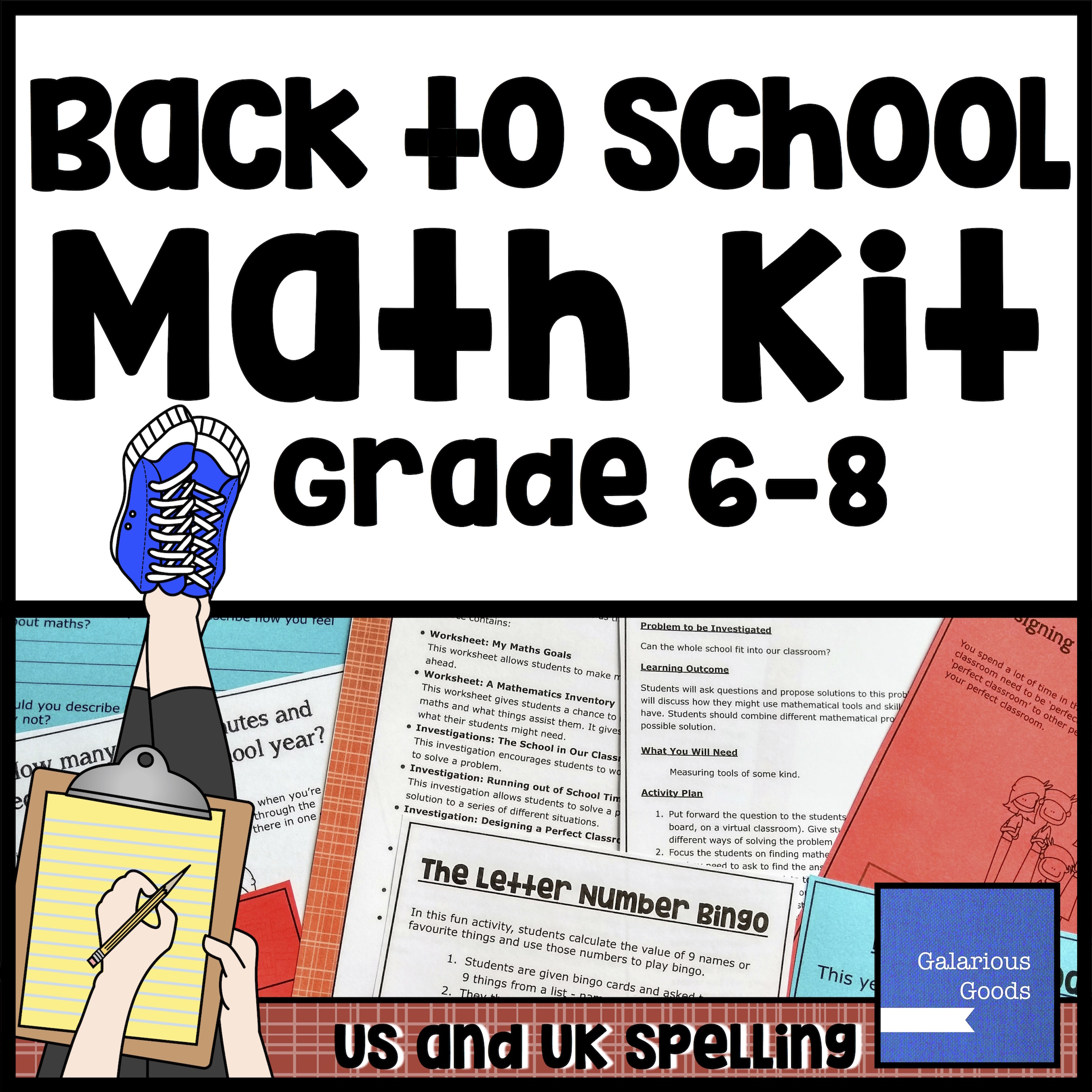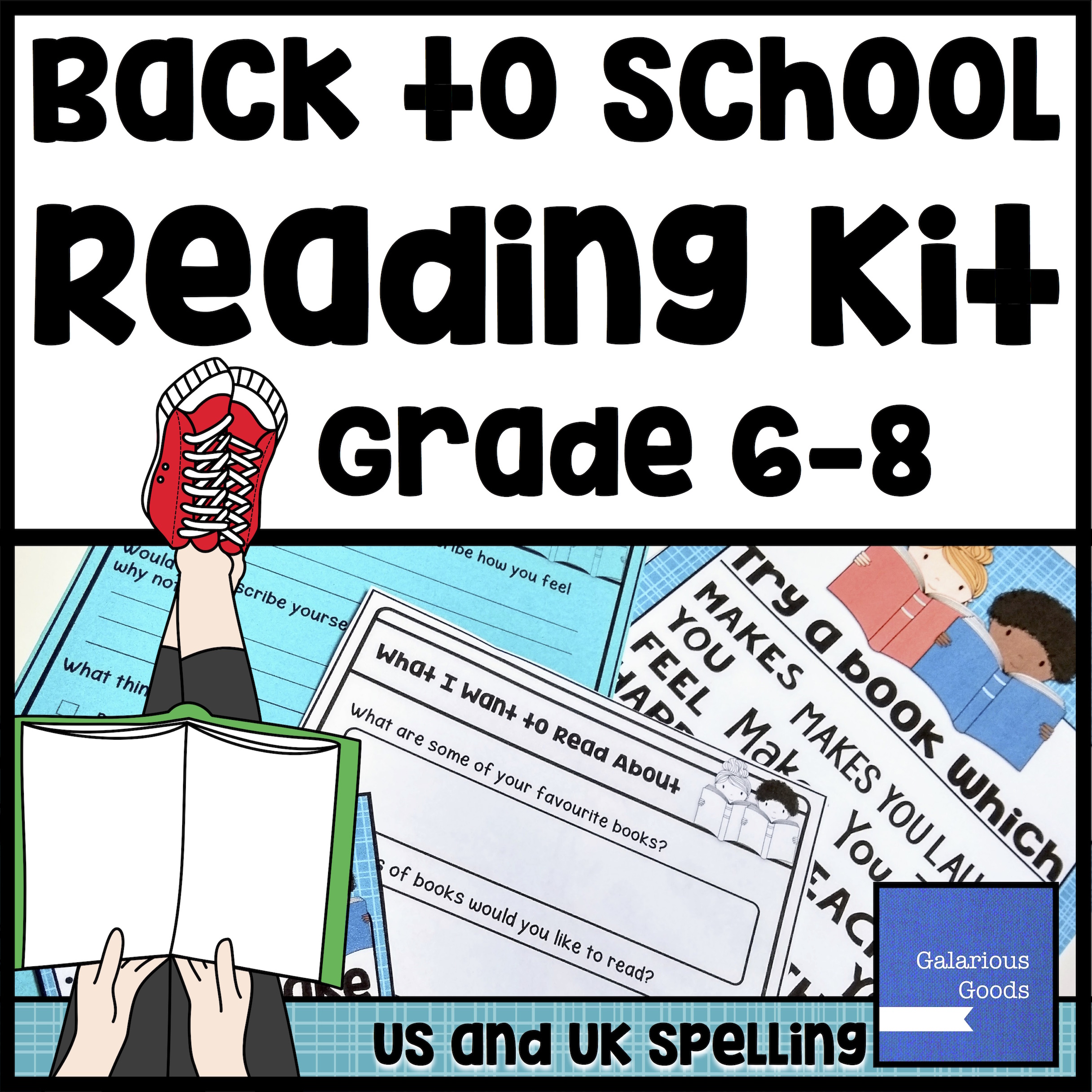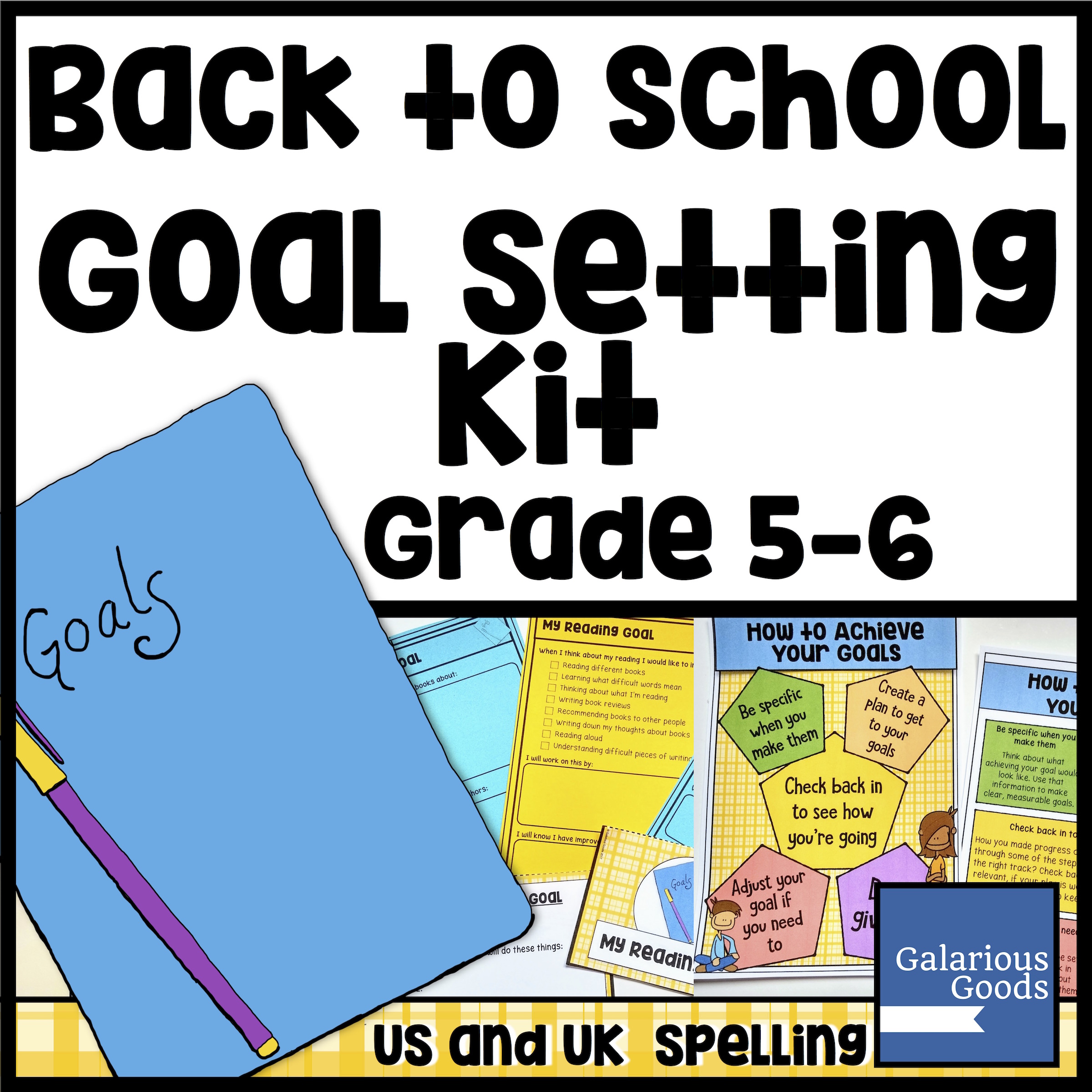Starting a New Teaching Job on a Limited Budget
/When I started teaching full time I had very little money. I’d done relief work and one short contract before taking on this full time role. And it was a contract for one term only - I had no idea whether it would be extended or not. So there wasn’t a lot of money to spend on setting up a classroom.
With the ABC News article about a new teacher spending hundreds of dollars on preparing for the first day of school, I thought it was worthwhile looking at how you can set up a warm, welcoming and prepared for learning classroom when you’ve got a limited budget.
The Bare Minimum
What’s the bare minimum you need for a new teaching job? It depends from person to person, but my bare minimum would include a broad brimmed hat for outside, some sort of planner and a pencil case or two.
It’s worth investing in the hat as a piece of safety equipment (and get a sun safe one over a fashionable one) - protecting your skin on playground duty, during sports events or those times when you need to get outside is 100% worth it.
You can completely plan on your computer . . . but computers and school computer systems aren’t always reliable. A physical planner (or even a notebook) can give you a place to jot down a few notes when you have to fall back onto the old technology. Having a pencil case with some of your favourite pens (well named so they’ve got a chance of getting back to you!) and scissors and glue also gives you tools for any occasion. A spare pencil case with spare pencils, erasers and a sharpener can help for students who don’t have the tools they need to learn.
Finding Free Resources
Looking for more for your classroom, but your budget is spent? Ask if your school has a resource room or teacher resources as part of the library. I remember discovering the poster drawer in our school library - all the posters you could even need to decorate a room. The resource room was also filled with maths tools and science tools - all free for my class to borrow.
You can also use the school library for books in your classroom or talk to your local public library about whether they’ve got special conditions for teacher borrowing.
Don’t forget about free resources on Teachers Pay Teachers - searching for poster and narrowing the search to ‘free’ gave me more than 50 000 results. Bloggers might also have free resources available by signing up with their email list - like the Galarious Goods resource library!
Buying Affordably
What do you really need - or would really like - in your classroom? It’s worthwhile reflecting on this before you spend a lot of money. Then look for ways to buy these items affordably.
Op shops or thrift shops are GREAT for finding treasures. They’re especially reliable for books (and if you have one of the amazing Lifeline Bookfests near you, it’s even better) and you can easily build a small second hand collection, saving money for the special books. It’s also worthwhile looking at some of the bigger op shops for furniture - I found a great second hand bookshelf one year which I painted and put in my classroom. Don’t forget to look at their homewares or bric a brac or toy sections for other possible treasures.
Keep an eye on back to school sales in big shops like Kmart, Big W, Aldi and Office Works to find bits and pieces - but use catalogues and lists to stop overbuying!
If you’re looking to use fabric for displays or to cover furniture, choose your fabric carefully. Poplin - which is a great, light fabric is often quite affordable, as is some of the homeware fabrics for furniture. It’s worth browsing some of the lower cost fabric shops like East Coast Fabrics or The Remnant Warehouse in Australia for specials too.
Buying Thoughtfully
Are you interested in having a themed classroom? One way to achieve this on a limited budget is to pick a very broad theme - it might be rainbow or colourful, nature or the colour blue. You can add these touches to the classroom without having to go all out and it will still bring your theme to life. And it allows you to make changes as the years go by and trends change.
Falling in love with teaching ideas and items on Instagram? Stop and think about whether those teaching ideas will really work for you, in the classroom space you have and with the grade level you have. It’s ok to let ideas go through to other teachers! Also ask yourself if you can put purchases off for a little bit - can you buy a fancy lanyard later in the year when you have some pay saved? Can you make a list of things you’d like to add to the classroom later on once you know your students better?
Don’t forget - classes change all the time in the first weeks of school! In my first term, I went from a Year 4 class to a Year 3/4 class once Day 8 numbers came in. The next year I moved from 6/7 to a straight 7 and the year after that from 6/7 to 5/6 - I never took a class list as set in stone! Unfortunately this is also the time when teachers might also lose their new contracts or may be moved to other schools. Be prepared for any possibility in the first weeks of school.
What Really Matters?
In the end, it isn’t what is on your walls or floors which really matters - it’s what you’re teaching. My son’s prep teacher had very little classroom decoration on the first day of school. Instead she filled her walls with student work - celebrating everything they were doing and rotating it as new work was produced. Students loved taking their parents to see their latest work - they were so proud of what they’d achieved.
It’s totally ok to have the bare minimum when it comes to decoration and to allow your students to create the classroom space. It’s also ok to save your money for resources which will support you as a teacher, whether they’re resources which support your weaker subjects (I always needed more science support!), resources which make your life a little easier when you need them day after day or resources which bring a particular book or subject to life.



